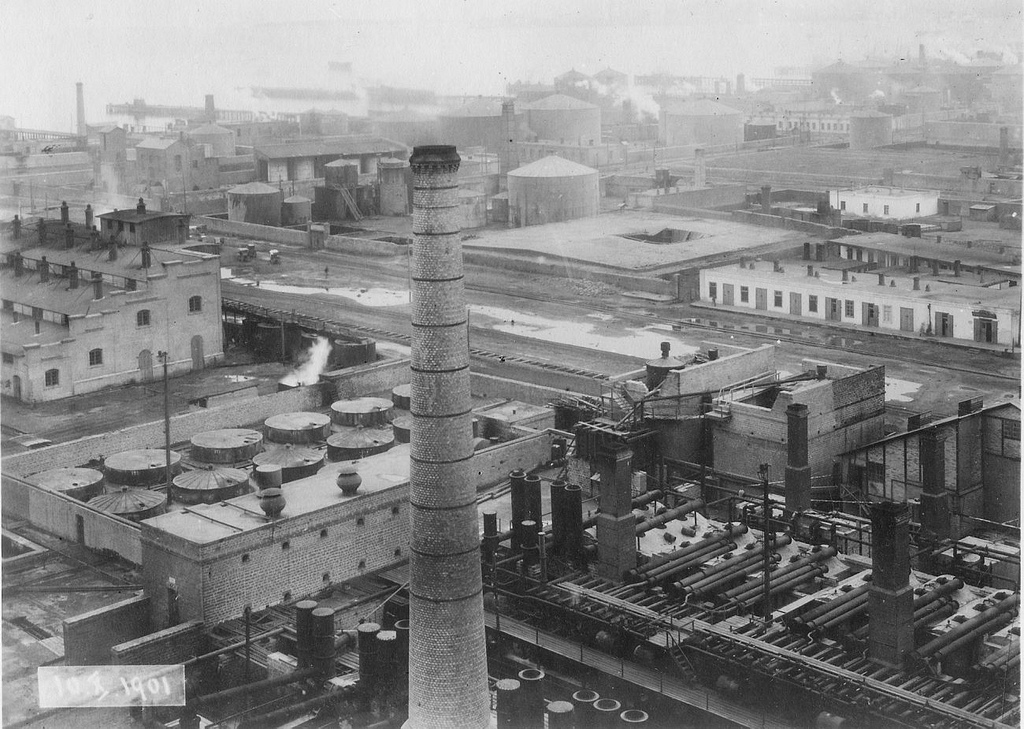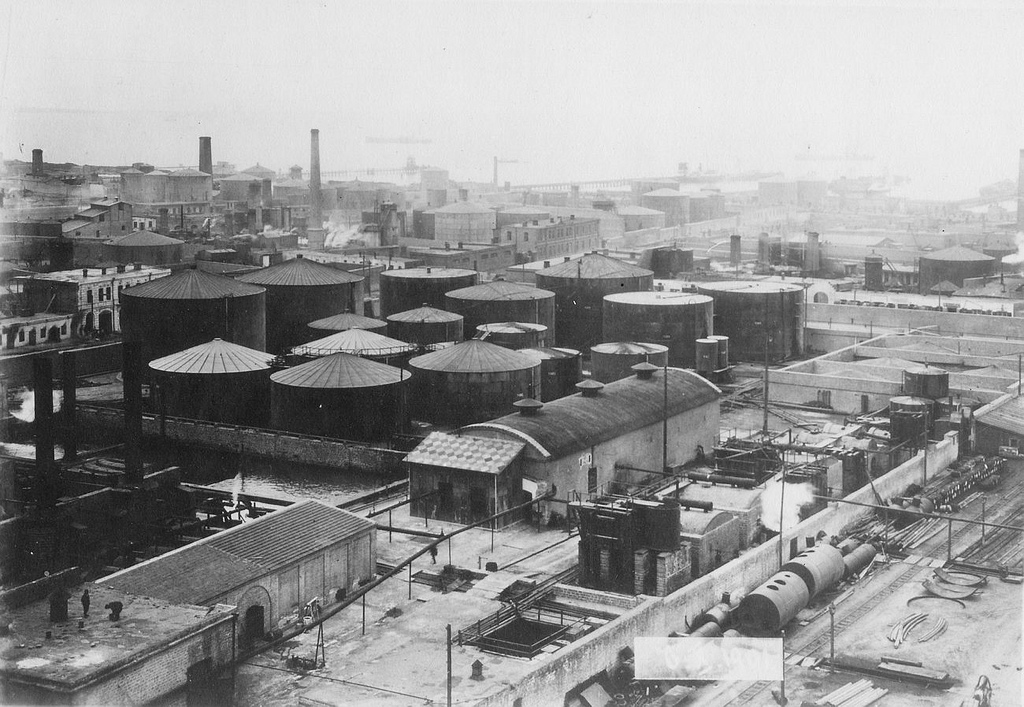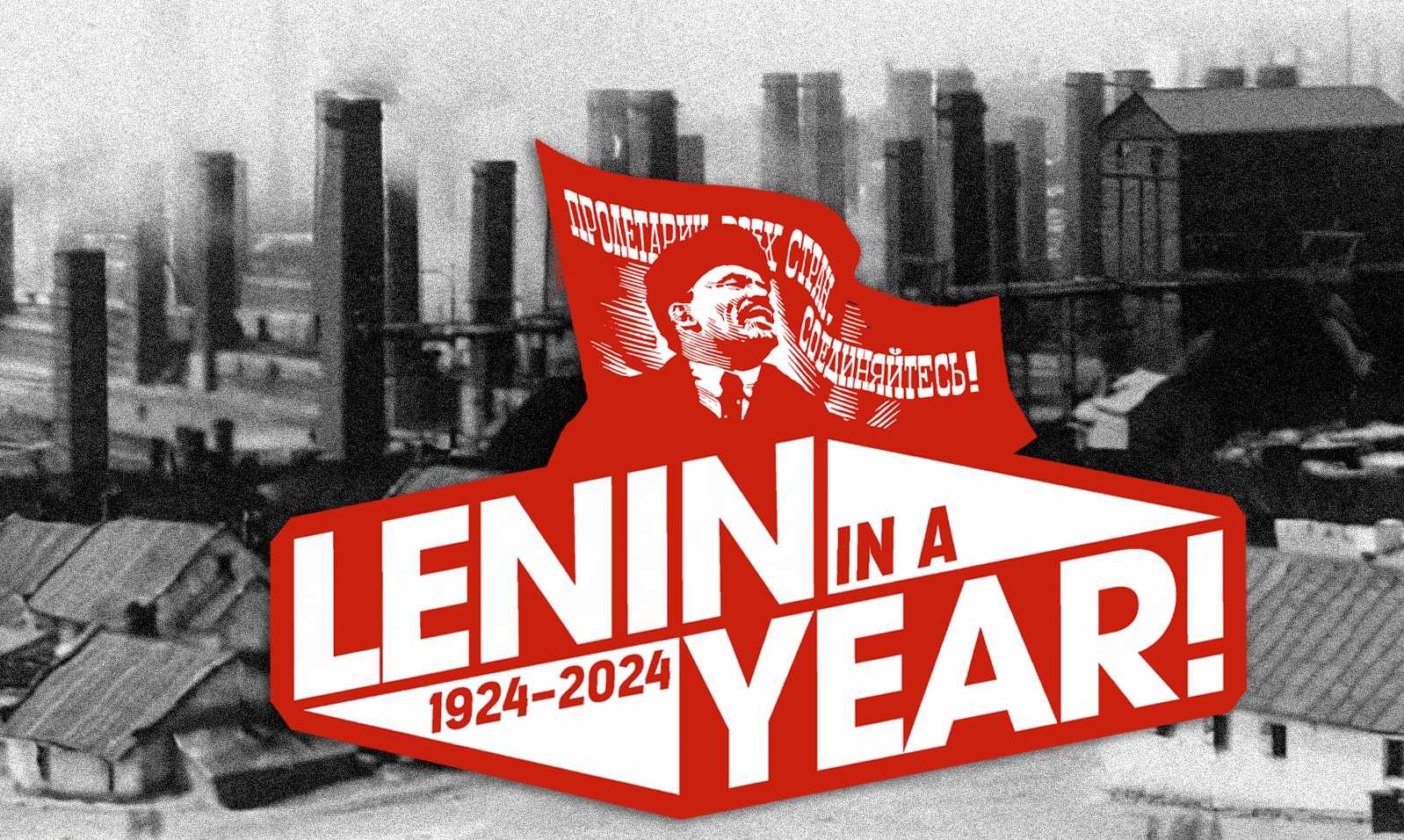In this week’s instalment of Lenin in a year, we look at The Development of Capitalism in Russia, a magnificent yet little-read work, in which Lenin drew a clear red line between Marxism and all the other revolutionary trends then operating in Russia. For a deeper analysis and the wider context of this period of Lenin’s life, we recommend Wellred Books’ recent publication by Rob Sewell and Alan Woods: In Defence of Lenin. Get your copy today!
In December 1895, Lenin helped found the St. Petersburg Marxist group, the League of Struggle for the Emancipation of the Working Class. But just as it was about to print the first issue of its paper, Lenin and other leading figures were arrested by the tsarist secret police.
But Lenin’s political activity didn’t drop off when he was imprisoned and later exiled to Shushenskoye in Siberia. Indeed, it was during this period that Lenin produced The Development of Capitalism in Russia, a sharp scientific analysis of the economic processes that were undermining the old, time-honoured social order in the country, preparing revolutionary events.
This book, in its own right a marvellous example of the method of Marxism, was a continuation of his polemic against the Narodniks. As we saw last week, the Narodniks viewed the peasantry, and in particular the peasant village commune, as a bulwark against capitalism in Russia.
Their view of the peasantry as the revolutionary class to overthrow tsarism reflected the fact that, in the backward Russian empire, the working class was still a minority, although a minority that had started to flex its muscles. The question then became: which classes were on the rise? Which class held the future in its hands?
While the Narodniks couldn't ignore that capitalist development was underway in Russia, they saw this development as artificial, avoidable, undesirable and destined to fail. In this book, Lenin, through a meticulous study of a host of sources, proves the contrary. Capitalism had started not just to thrust itself into the ‘industrial gubernias’ and the border regions of European Russia, but capitalist relations were forming even in the semi-feudal central regions, on the landlord’s estate, and even within the ‘egalitarian’ village community itself. Whilst the peasant commune was destined to decay, with the penetration of capitalist relations throughout the whole of Russia, as well as class antagonisms between the bourgeoisie and the proletariat, were destined to sharpen.
The landlords’ peasant reform
The starting point for Lenin's study was the 1861 peasant reform. Before the reform, serfdom dominated the Russian countryside, whereby the lands were worked by peasants in bondage to their lords. By necessity, under this system, very primitive agricultural methods predominated. The implements used were only those which the peasant could obtain and use himself. The estate – divided between the lord’s land and individual peasant allotments – was an isolated self-sufficient unit of natural economy. When competition from the capitalist market exert pressure on the old system, a process of dissolution began. Lenin writes: “The production of grain by the landlords for sale, which developed particularly in the latter period of the existence of serfdom, was already a harbinger of the collapse of the old regime.”
The landlords were compelled to reform. On one hand increased trade between Russia and Europe pushed the former down the path of capitalism, on the other hand the peasants were revolting, and their uprisings became more intense and numerous as time went on. Tsar Alexander II, at the time Russia's largest landowner, expressed clearly the position of the landlords: “Better to abolish serfdom from above than to wait till it begins to abolish itself from below.”
The way this reform was conducted forced the peasants off the best land, whilst they had to pay compensation to the lord for the pleasure of having the least productive land. In other words, the ‘freeing’ of the serf meant robbery and further subjugation for the peasant.
While legally freed from serfdom, the peasants were in no way freed from their dependence on the landlord. The peasant was cut off from using the formerly communal meadows, woods, pastures and watering places, which the peasants required access in order to run their farms, but which were now claimed by the lord. The peasants’ dependent position meant that they had to continue working on the landlord's land as before, only instead of forced corvée labour, peasants exchanged their ‘labour services’ as payment for rents and debt. Increasingly, this in turn was replaced with capitalist wage labour as the landlords started to introduce new agricultural techniques and improved implements.
Contradictions in the village community
Each peasant household’s allotment was based on the number of working men. The land could legally not be sold or leased and came with a responsibility to pay a share of the village’s taxes. The Narodniks idealised the ‘egalitarian’ village community where, as they saw it, the “spirit of cooperation” reigned.
 The Narodniks economists argued that a home market for capitalism couldn’t develop in Russia / Image: public domain
The Narodniks economists argued that a home market for capitalism couldn’t develop in Russia / Image: public domain
In idealising this ‘communalism’ of the peasants, the Narodniks ignored the class differentiation going on in the villages. At one end, there were peasants who were reduced to beggary, others that spent most of their time as wage labourers, whilst some had prosperous, self-sufficient farms, and a minority were becoming fully-fledged capitalist farmers. It was entirely false to lump the peasants together as the Narodniks did.
The peasants’ farms were in a precarious position. Burdened by high taxes and semi-bonded labour, a bad year could easily push the farm towards ruin. With every poor harvest, large numbers of peasant farms were ruined. The Narodniks imagined that the legal constitution of the peasant village, with its egalitarian division of the land, would prevent capital from seizing control over agriculture. But Lenin explains that no form of land tenure can serve as an absolute obstacle to capitalism.
Despite being legally bound to the peasants, the allotments ended up being leased and sold, with the poorest 50 percent of peasants leasing out four-fifths of the land at very low rates – they simply did not have the means to profitably cultivate it themselves.
These same poor peasants had to find employment elsewhere, often as agricultural labourers on the farms of the better-off peasants farms, who rented the poor peasants’ allotments.
This process of differentiation, known by the peasants themselves as ‘depeasantising’, created two opposing poles: a numerically small but economically strong rural bourgeoisie, and at the other end, a growing number of allotment-holding rural proletarians.
The Narodniks economists argued that a home market for capitalism couldn’t develop in Russia because converting the small peasant producers into wage workers meant ruining the small peasant, in turn shrinking the home market as the purchasing power of the peasantry diminished. The reality, as Lenin argues, was the opposite.
The process of differentiation created the home market. The land of the ruined peasant became a commodity and passed into new hands. The products of this land, which previously had been directly consumed by the peasant, he now had to purchase. In order to purchase, he needed to sell his labour power. In turn, the new owner of the land creates demand for articles of consumption and farming machinery.
The Narodnik economists claimed that only on the basis of foreign markets could the capitalists realise surplus value in order to accumulate capital, but Russian capitalism had emerged too late to compete. Lenin, on the contrary, proved that this was false. Domestic demand for machinery and other means of production in the new factories could itself provide a market, expanding at a far faster rate than the market for consumer goods.
Incidentally, Rosa Luxemburg would later repeat similar incorrect arguments about foreign markets being essential for capital accumulation in her book The Accumulation of Capital in 1913, in attempting to explain growing imperialist tensions a decade and a half later. The Development of Capitalism in Russia thus answered these arguments in advance, whilst Lenin developed his own brilliant analysis of the forces that pushed Europe towards war in Imperialism, the Highest Stage of Capitalism.
Combined and uneven development
Meanwhile, the southern and eastern outer regions of European Russia were sparsely populated colonies of the central regions, where colonists established new farms not along the old feudalistic lines but on advanced capitalist lines. These new farms were often on an enormous scale and from the very onset they were of a commodity-producing kind. These agricultural commodities could be exchanged for industrial commodities from the gubernias in central Russia. Capitalist industry and agriculture in these regions grew in tandem with each other, one providing a market for the other.
A mass of wage-workers migrated to the outer southern and eastern regions – Lenin estimated they exceeded 2 million rural workers. These were mainly peasants, abandoning their allotments in the densely populated and semi-feudal central black belt gubernias in order to find free employment elsewhere.
The progressive character of the capitalist development
 The book goes into great detail about the contradictions and dark sides of the development of capitalism in Russia / Image: public domain
The book goes into great detail about the contradictions and dark sides of the development of capitalism in Russia / Image: public domain
The Narodniks could not understand why the peasants would abandon their farms. If they absolutely have to find other employment (other than cultivating their personal allotments) why can they not do so locally? Indeed the migration was at times so extreme in some regions that a shortage of workers was created.
Given the cost and difficulties of travel and the fact that employment was not always found, the Narodniks argued that, while some individuals might benefit from the migration, the peasantry as a whole surely lost. Incidentally, the old landlords shared the Narodniks’ reactionary longing to stop this flight of the peasants from their traditional farms.
But Lenin explained that this was a tremendously progressive development. The movement of workers towards areas where demand for labour power was greater led to a rise in living standards. As wage workers, former peasants were lifted from the ignorance and backwardness of the isolated village. Their horizons were expanded.
The book goes into great detail about the contradictions and dark sides of the development of capitalism in Russia. Yet despite this, through capitalist development in post-Reform Russia, as Lenin puts its: “The Russia of the wooden plough and the flail, of the water-mill and the hand-loom, began rapidly to be transformed into the Russia of the iron plough and the threshing machine, of the steam-mill and the power-loom.”
This scientific analysis of the historically developed facts – as they are and as they emerge and not as we would like them to be – is precisely the method of Marxism, of historical materialism. Marxists like Lenin understand the progressive character of this development, which not only expands the productive forces, but lays the basis for a new, higher form of society. Capitalism, by creating new productive forces and summoning into existence a powerful working class, lays the basis for the socialist revolution, which flows as a necessity from these conditions, and is not merely a wishful utopia. It was the lack of this conception on part of the Narodniks that was at the root of Lenin’s disagreement with them:
“[P]erhaps the profoundest cause of disagreement with the Narodniks is the difference in our fundamental views on social and economic processes. When studying the latter, the Narodnik usually draws conclusions that point to some moral; he does not regard the diverse groups of persons taking part in production as creators of various forms of life; he does not set out to present the sum-total of social and economic relationships as the result of the mutual relations between these groups, which have different interests and different historical roles”.
The correctness of the analysis in this book has been proved by events: above all by the Russian Revolution itself. The mole of capitalist development in Russia, which had burrowed over decades, utterly undermined the centuries-old tsarist autocracy and brought it crashing down. But capitalism had exhausted itself on the world scale just as the Russian autocracy was about to collapse. Meanwhile, it had brought into existence a powerful working class in Russia.
In the end, it was not the feeble and servile Russian capitalists who were brought to power after tsarism’s collapse, but the working class, who seized power and established a bastion of the world socialist revolution, under the leadership of Lenin and the Bolsheviks, who had studied these subterranean processes, and had grasped their full revolutionary significance decades in advance.
Next week in Lenin in a year, we enter the turbulent years of the 20th century with a look at Lenin’s Where to Begin?, published in 1901. Having escaped from exile in Siberia, Lenin was confronted by the atomisation of the forces of Russian Marxism and threw all his weight into uniting the party into a force capable of reaching the masses. If you are a communist, then help us build a revolutionary international, get involved in rebuilding Lenin’s party on the basis of the genuine tradition of the Bolsheviks. Register now to attend the launch of the Revolutionary Communist International in June, and join us now in the fight for communism today.

